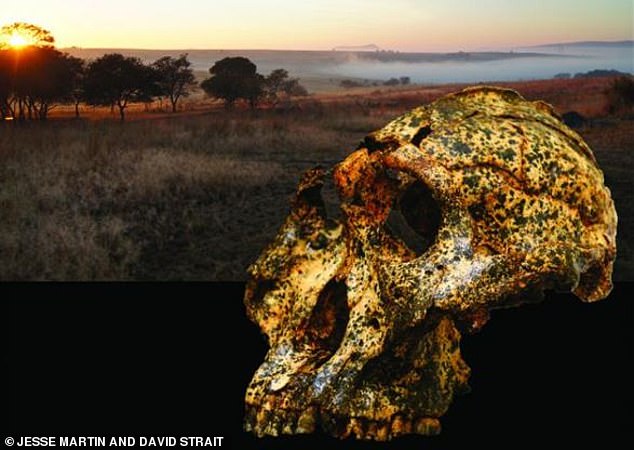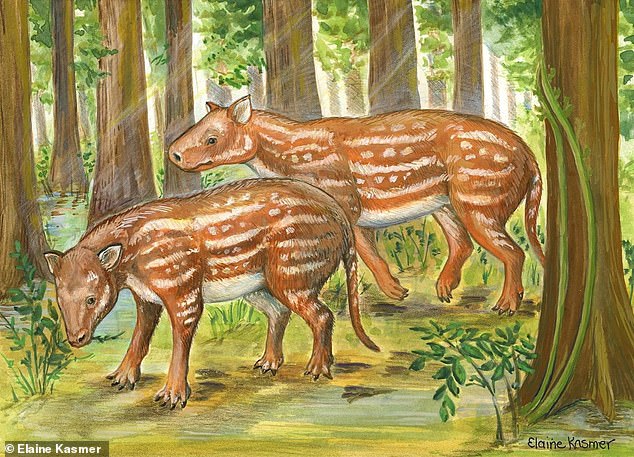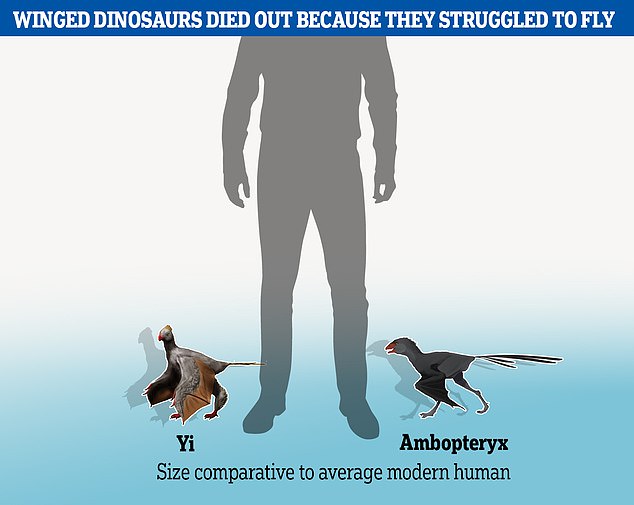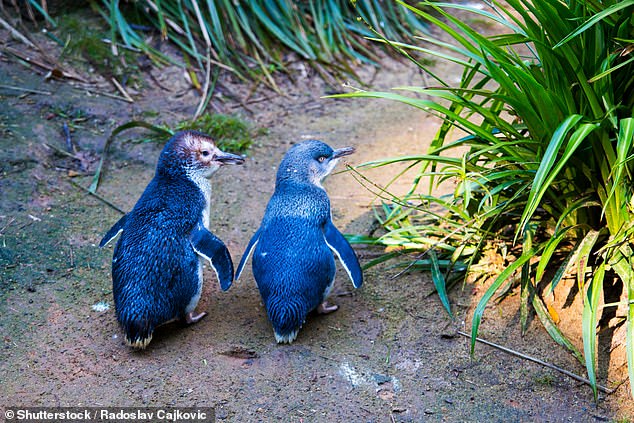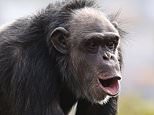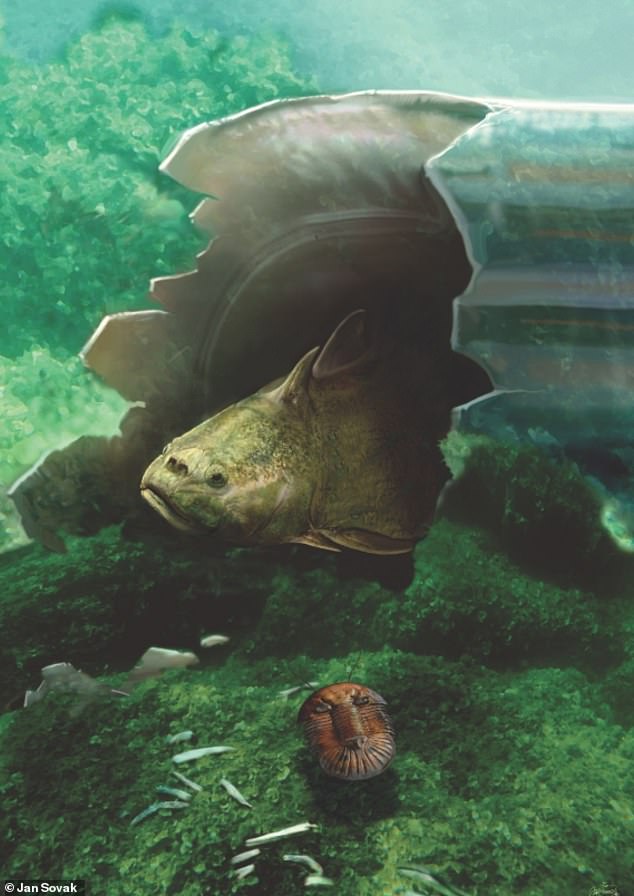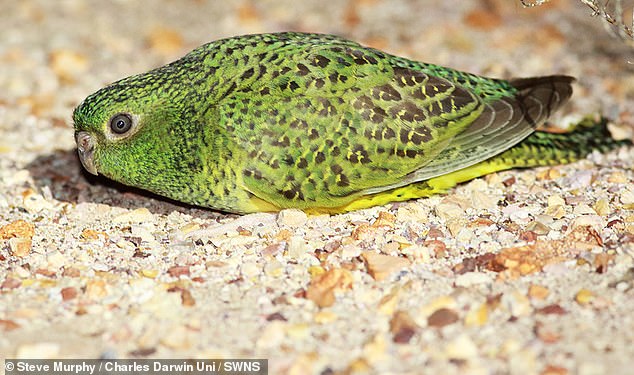Extinct human species evolved rapidly to survive a period of climate change 2 million years ago
A species of ancient human that lived two million years ago was forced to evolve and change its physical traits in order to survive climate change. The emergence of Paranthropus robustus happened roughly at the same time as the more primitive hominin species Australopithecus died out. It is believed this period of rapid change in South … Read more
